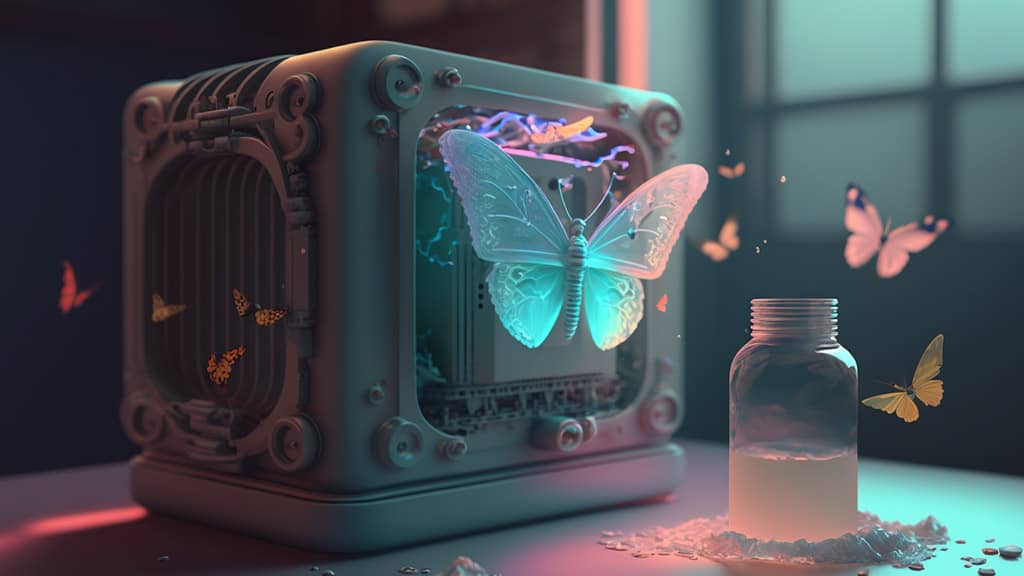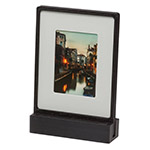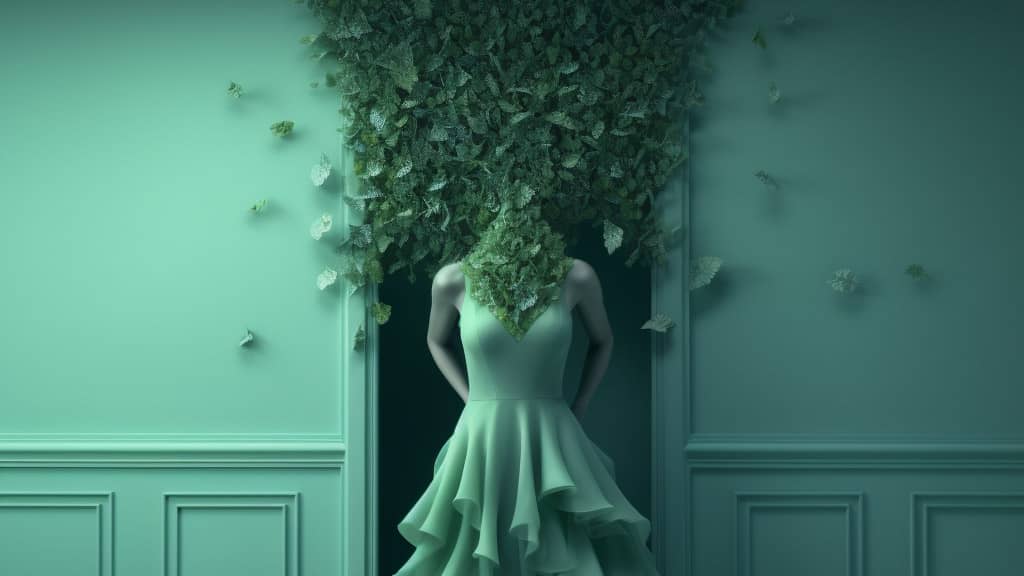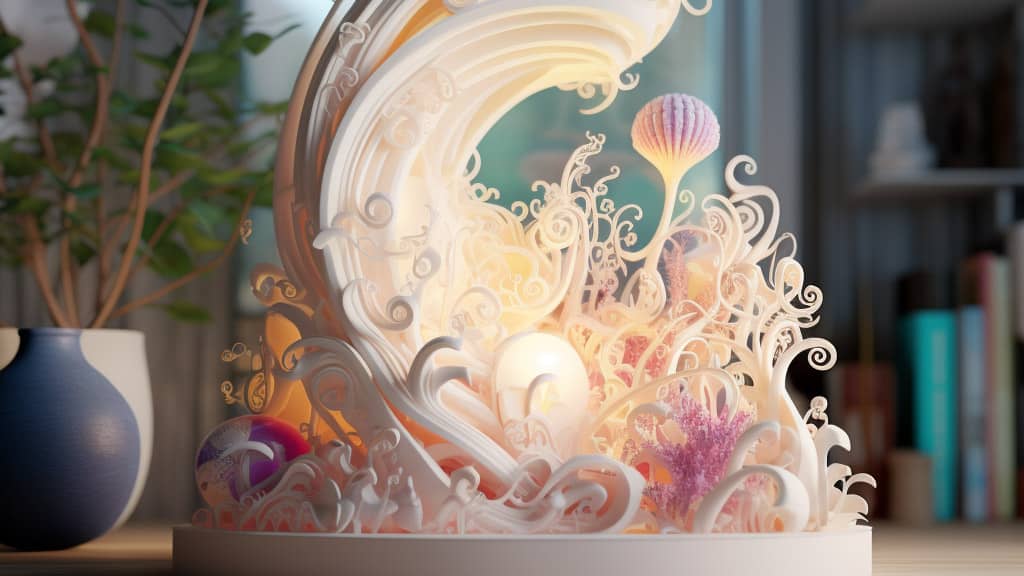The art and design world has always been on the lookout for innovative techniques and tools that can help artists and designers create their work more efficiently and effectively. One such technology that has gained immense popularity in recent times is 3D printing. The ability to create three-dimensional objects from digital designs has revolutionized the way art and design is created and presented. In this article, we will provide an overview of the integration of 3D printing in the art and design world.
Advancements in 3D printing technology:
3D printing technology has come a long way since its inception in the 1980s. Today, artists and designers can choose from a variety of 3D printing techniques such as fused deposition modeling (FDM), stereolithography (SLA), and selective laser sintering (SLS). These techniques allow artists and designers to create complex structures and shapes that were previously impossible with traditional manufacturing techniques. Furthermore, the advancement in materials used for 3D printing has made it possible to create intricate designs with a wide range of colors and textures.
The role of 3D printing in the creative process:
The creative process for artists and designers often involves conceptualizing an idea, sketching it out, and then creating a physical prototype. However, creating a physical prototype can be time-consuming and expensive. With 3D printing technology, artists and designers can create physical prototypes more efficiently and accurately.
One of the biggest advantages of 3D printing is its ability to bring digital designs to life. 3D printing allows artists and designers to create physical models of their digital designs, enabling them to visualize and refine their work before finalizing it. This not only saves time but also reduces the amount of waste produced during the prototyping process.
Furthermore, 3D printing enables artists and designers to create complex shapes and structures that were previously impossible with traditional manufacturing techniques. This not only saves time but also opens up new creative possibilities for artists and designers.
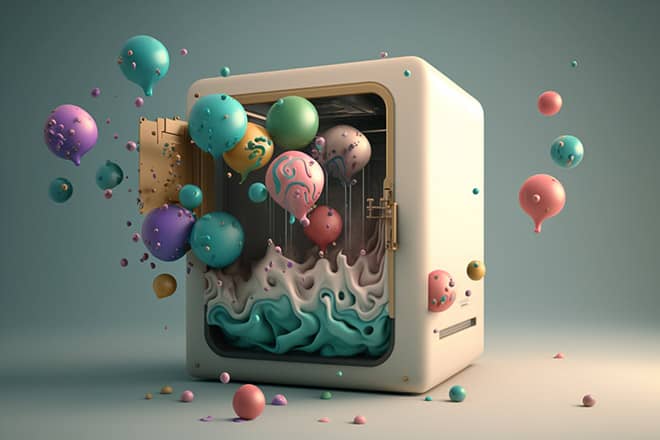
Another advantage of 3D printing in the creative process is the ability to create multiple iterations of a design quickly and easily. This allows artists and designers to experiment with different ideas and refine their work until they achieve the desired result.
3D printing also allows for customization and personalization of designs. For example, a designer can create a unique piece of jewelry for a client by incorporating their specific preferences and measurements into the design. This level of customization was previously impossible with traditional manufacturing techniques.
In addition to prototyping, 3D printing is also being used to create final pieces of art and design. For example, the fashion industry is using 3D printing to create avant-garde fashion pieces, while the automotive industry is using 3D printing to create lightweight and durable car parts.
3D printing has revolutionized the way artists and designers approach the creative process. Its ability to bring digital designs to life, create complex shapes and structures, and allow for customization and personalization has opened up new creative possibilities. As the technology continues to advance, we can expect to see more innovative and intricate designs being created using 3D printing.
The impact of 3D printing on art and design:
The integration of 3D printing technology in the art and design world has had a significant impact on the way art and design is created and presented. 3D printing has enabled artists and designers to create unique and intricate pieces that were previously impossible with traditional manufacturing techniques. Furthermore, 3D printing has made it possible to create customized pieces that can be tailored to the specific needs of the client. This has revolutionized the way art and design is perceived and consumed by the audience.
The future of 3D printing in art and design:
The future of 3D printing in the art and design world looks promising. As the technology continues to advance, it is likely that we will see more complex and intricate designs being created using 3D printing. Furthermore, 3D printing technology is becoming more accessible, which means that artists and designers from all over the world will be able to incorporate 3D printing into their creative process. This will not only lead to new creative possibilities but also enable artists and designers to reach a wider audience.
In conclusion, the integration of 3D printing technology in the art and design world has opened up new creative possibilities for artists and designers. The ability to create intricate designs and structures with a wide range of materials and colors has revolutionized the way art and design is created and presented. As the technology continues to advance, we can expect to see more innovative and complex designs being created using 3D printing. The future of 3D printing in the art and design world looks promising, and we can’t wait to see what the future holds.
Let’s 3D print Eiffel Tower for fun
What you need to know about 3D print tolerance
